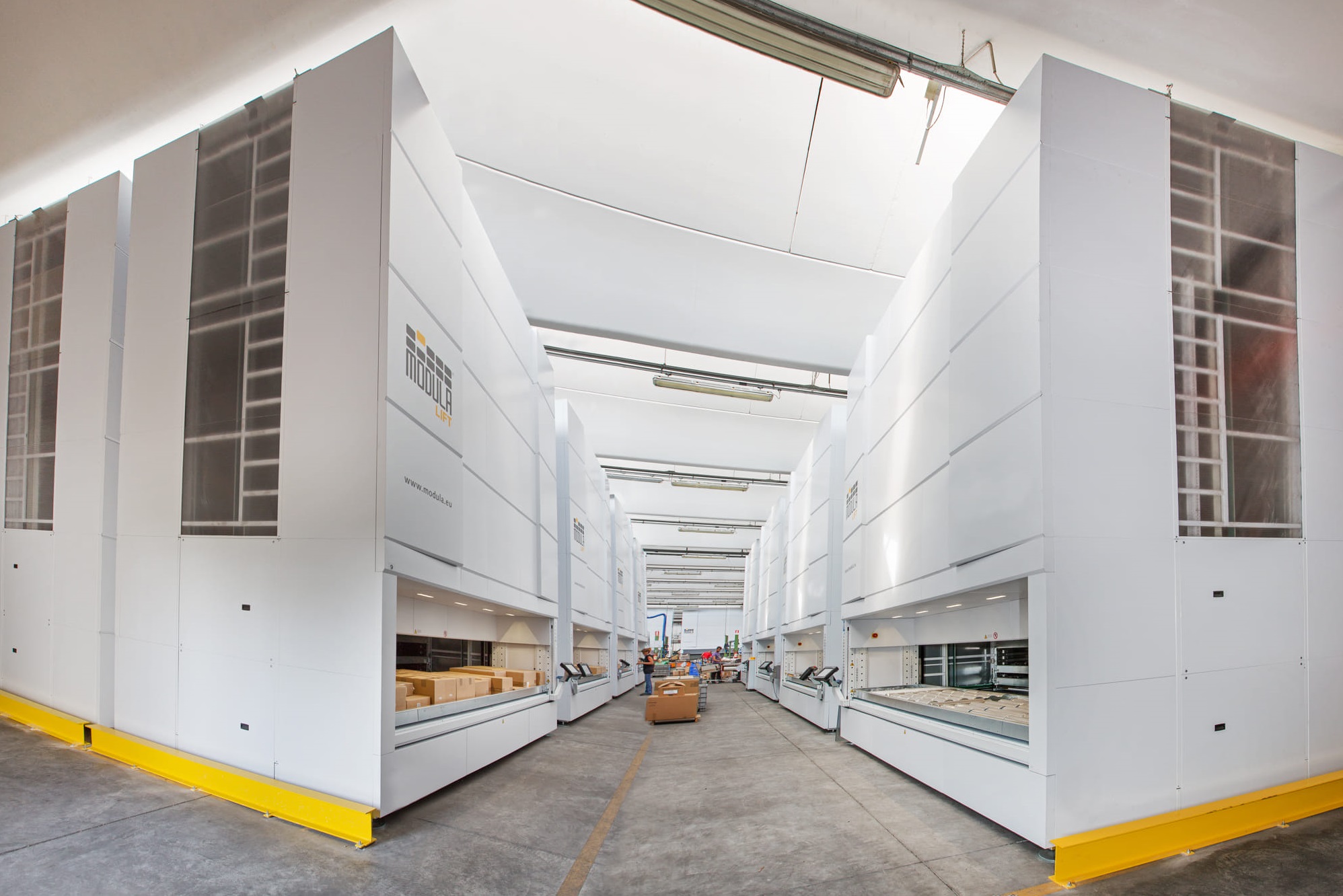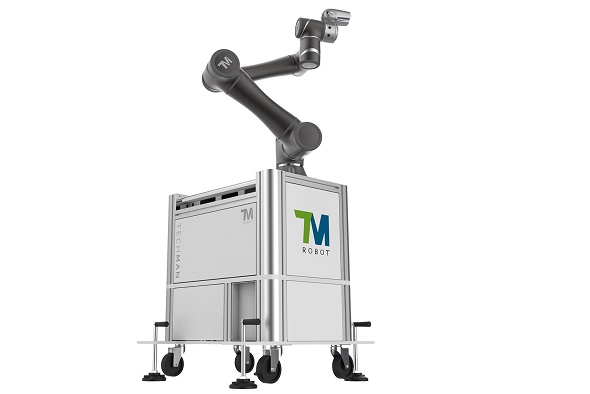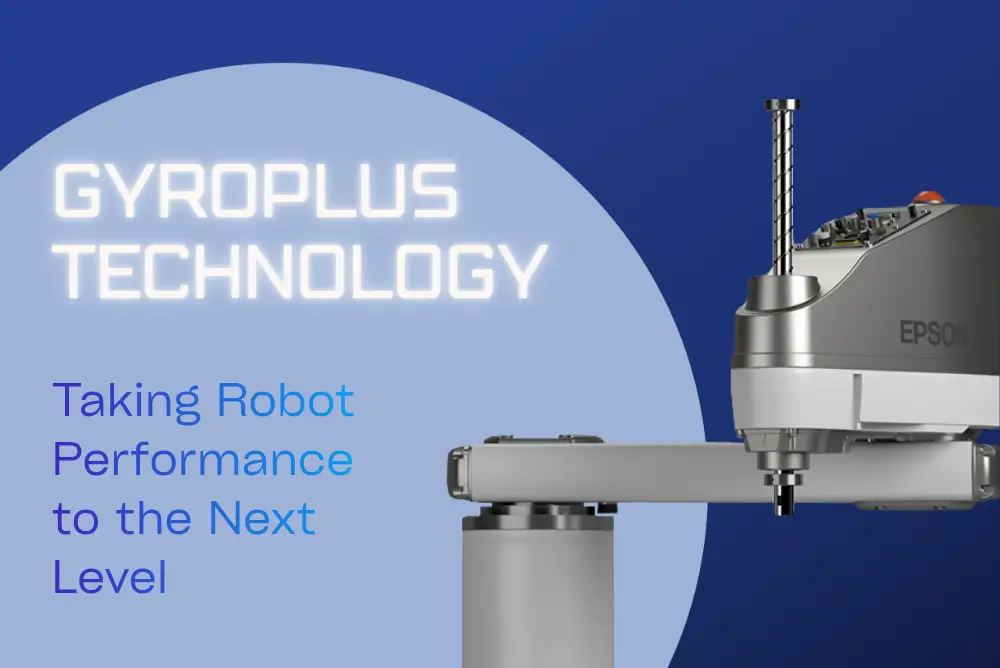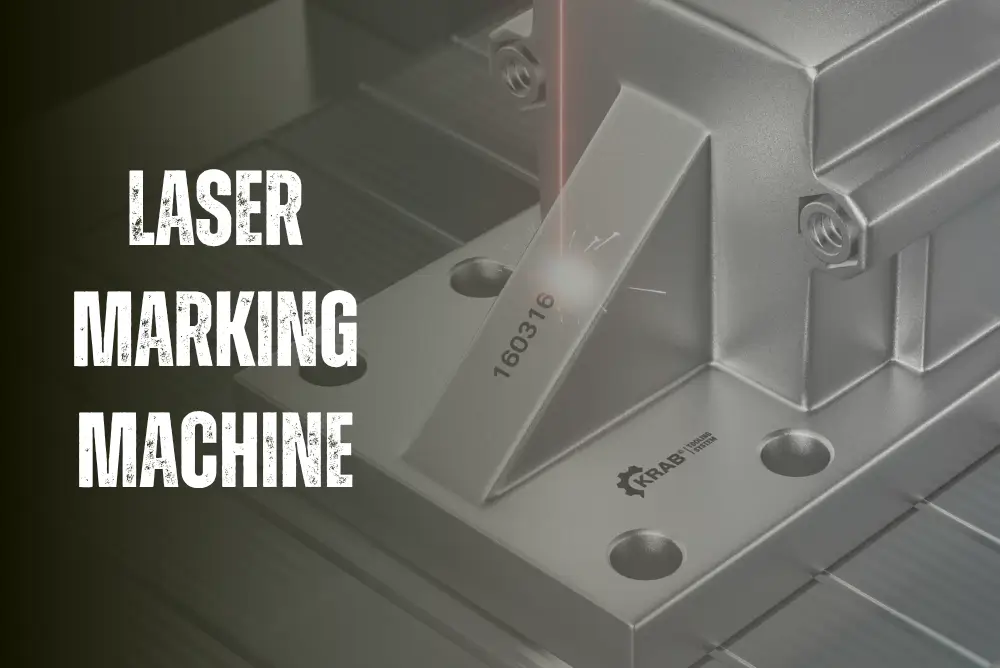 Contents
Contents
- What Is a Dark Factory?
- The Core of a Dark Factory
- 1. PLC (Programmable Logic Controller)
- 2. DCS (Distributed Control System)
- 3. Field Devices
- 4. Industrial Networks and Communication Systems
- 5. HMI (Human-Machine Interface)
- 6. SCADA (Supervisory Control and Data Acquisition)
- Why Should Businesses Invest in Dark Factories?
- Companies Implementing Dark Factories
- 1. Tesla (USA)
- 2. Adidas (Germany & USA)
- 3. Siemens (Germany)
- 4. Fanuc (Japan)
- 5. CNC Machining (China)
- Comparing Dark Factory and Traditional Factory
- The Future Outlook of Dark Factory
What Is a Dark Factory?
A Dark Factory refers to a fully automated manufacturing facility that operates without any human intervention or supervision. The term “dark” signifies the absence of human presence or the need for lighting, as the factory can function independently in complete darkness.
Thanks to advanced technologies such as robotics, artificial intelligence (AI), and the Internet of Things (IoT), these factories can run 24/7 and adapt quickly to shifts in demand or production requirements.
The Core of a Dark Factory
A Dark Factory is a highly integrated system where automated equipment, control software, and industrial communication systems work seamlessly together to execute production processes accurately and efficiently. Key components of a Dark Factory include:
1. PLC (Programmable Logic Controller)
The PLC acts as the central control unit — the "brain" of automated machinery. It is pre-programmed to execute logical sequences, receive input signals from sensors and switches, and send control signals to actuators such as motors, cylinders, or valves.
2. DCS (Distributed Control System)
The DCS is a distributed control architecture commonly used in large-scale or continuous production lines such as chemical, food, or energy sectors. Unlike PLCs, DCS divides control functions into smaller, decentralized units while still maintaining centralized management via industrial networks.
3. Field Devices
Field devices include sensors and actuators installed directly on the production floor. Sensors collect data such as temperature, pressure, humidity, position, and speed, and transmit it to a central controller (PLC or DCS). Conversely, actuators such as motors, pneumatic cylinders, or solenoid valves execute processed control commands.
4. Industrial Networks and Communication Systems
Industrial communication systems enable all devices in the factory to communicate and coordinate using specialized protocols like PROFINET, EtherCAT, Modbus, or CANopen. Unlike standard office networks, industrial networks demand high reliability, fast data transfer, and strong noise immunity to ensure real-time, accurate communication among controllers, sensors, and machines.
5. HMI (Human-Machine Interface)
HMI refers to visual interfaces, typically touchscreens or PC software, that allow operators to monitor production status, review parameters, receive alerts, and perform control tasks.
6. SCADA (Supervisory Control and Data Acquisition)
SCADA is software that monitors, collects, stores, and analyzes data from the entire production system. It integrates with PLCs, DCSs, and field devices to provide a comprehensive overview of factory operations.
Read more: Why SCADA Operating System is Essential in Automation?
Why Should Businesses Invest in Dark Factories?
The concept of a “Dark Factory” is gaining traction among manufacturers, as it is designed to operate autonomously and is supported by cutting-edge technologies such as cobots, 3D cameras, AMRs, and machine learning algorithms. Key benefits include:
- 24/7 Continuous Production: Significantly increases output without being limited by human working hours.
- Reduced Labor Costs: Minimizes the need for human labor, especially in repetitive or hazardous tasks.
- Lower Error Rates: Automation and AI enhance precision and ensure consistent product quality.
- Improved Workplace Safety: Can operate in harsh or dangerous environments such as high temperatures or toxic conditions.
- Optimized Inspection & Maintenance: Robots and drones enable accurate, rapid equipment monitoring, reducing the risk of accidents.
- Environmental Sustainability: Optimized energy use and lower emissions support sustainable development goals.
A Dark Factory isn’t just a trend — it’s a strategic move to help companies lead the digital transformation in manufacturing.
Companies Implementing Dark Factories
Several leading companies have adopted “lights-out” manufacturing and achieved significant advancements in automation:
1. Tesla (USA)
Elon Musk’s Tesla is pushing automation in its Gigafactories (battery and EV plants), aiming for fully automated production in the near future.
2. Adidas (Germany & USA)
Adidas has implemented Dark Factory concepts in Germany and the U.S., utilizing cobots and AI to produce sneakers with minimal human labor.
3. Siemens (Germany)
Siemens transformed its traditional factory into a Dark Factory to boost productivity in electronics manufacturing, particularly at its Amberg plant.
4. Fanuc (Japan)
Fanuc, a leader in industrial automation, runs a fully automated factory in Japan where robots manufacture other robots with no human intervention.
5. CNC Machining (China)
China is at the forefront of adopting Dark Factories in CNC machining. Many Chinese manufacturers have shifted to “lights-out” models for precision and mass production.
(Source: YourStory)
Comparing Dark Factory and Traditional Factory
Here’s a detailed comparison between Dark Factories and traditional factories to help visualize the key differences:
|
|
Dark Factory |
Traditional Factory |
|
Definition |
Fully automated factory using robots and smart systems, operates without light |
Relies on human labor and semi-automated/manual machines |
|
Automation |
Full: robots, AI, centralized control systems |
Low to medium: some automation, still human-dependent |
|
Human Involvement |
Almost no direct human operation |
Workers are directly involved in production |
|
Operating Hours |
Runs 24/7 without breaks or holidays |
Dependent on shifts, holidays, and workers’ schedules |
|
Performance & Output |
High and stable; fewer errors due to elimination of human factors |
Variable; error-prone depending on human skill and condition |
|
Long-term Operating Costs |
Lower in the long run (despite high initial investment) |
Higher due to labor, leave, insurance, etc. |
|
Accuracy & Consistency |
Extremely high, thanks to robotic and AI control |
Limited by workforce skills and existing equipment |
|
Scalability & Upgradability |
Flexible via software or robotic upgrades |
Hạn chế bởi kỹ năng công nhân và thiết bị sẵn có |
|
Common Applications |
Electronics, automotive, smart logistics, automated warehousing |
Textiles, simple assembly, food processing, handicrafts |
|
Technological Infrastructure |
Very high: requires OT/IT networks, AI, IoT, sensors, ERP/MES, cybersecurity |
Medium to low: may only require power, pneumatics, basic machines |
The Future Outlook of Dark Factory
The future of manufacturing may lean toward a hybrid model rather than a complete shift to lights-out operations. While automation will continue to expand, certain industries and processes will still require human oversight.
AI-powered factories are expected to become more common in sectors like electronics, automotive, and precision engineering. However, industries that require customization or craftsmanship will remain reliant on skilled labor.
Governments and enterprises must also address ethical concerns, such as retraining the workforce, creating new job opportunities, and developing regulatory frameworks for AI to ensure that automation benefits society rather than leading to widespread job displacement.
The Dark Factory marks a major turning point in industrial manufacturing, offering efficiency, cost savings, and scalability. However, it also raises critical questions about employment, adaptability, and security.
Although many businesses are investing in the Dark Factory model, the transition won’t happen uniformly across all industries.
The key to a successful future lies in balancing automation with human expertise, ensuring that technology not only boosts productivity but also creates new job opportunities in an evolving labor market.
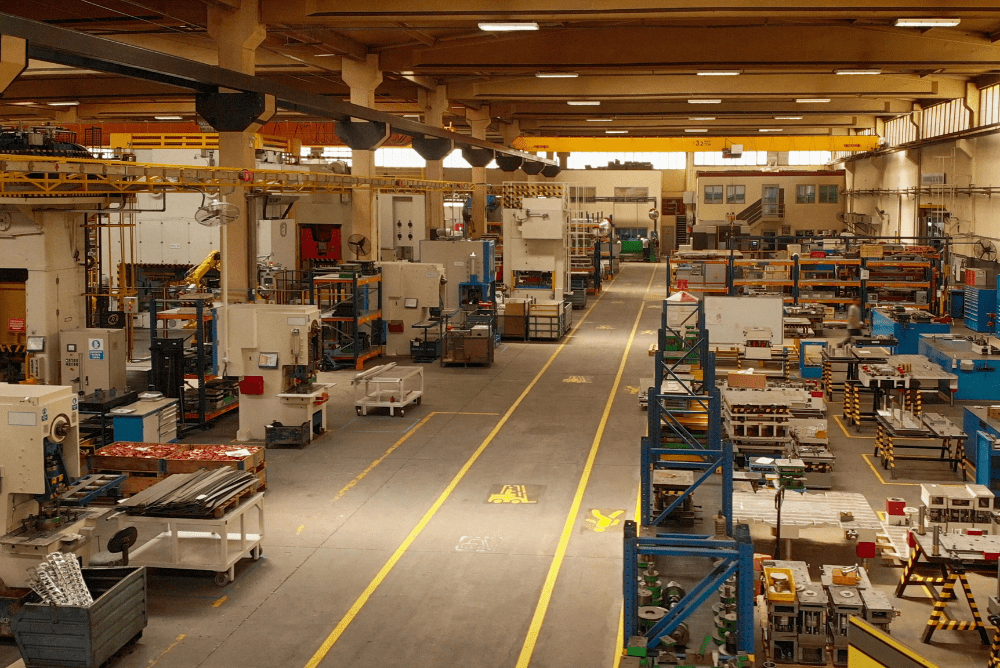
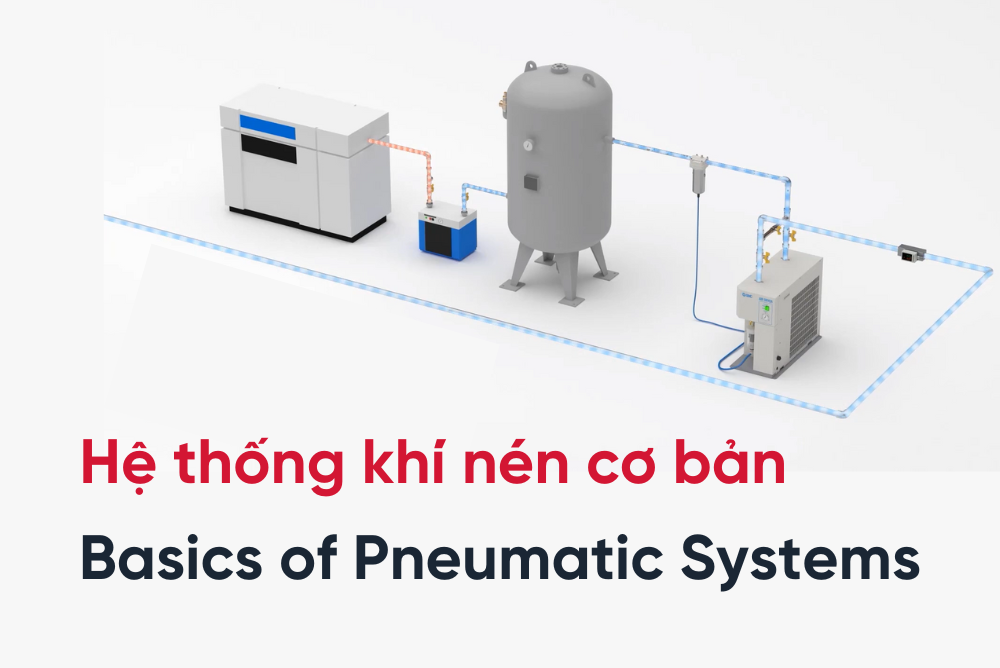
 Read more
Read more
